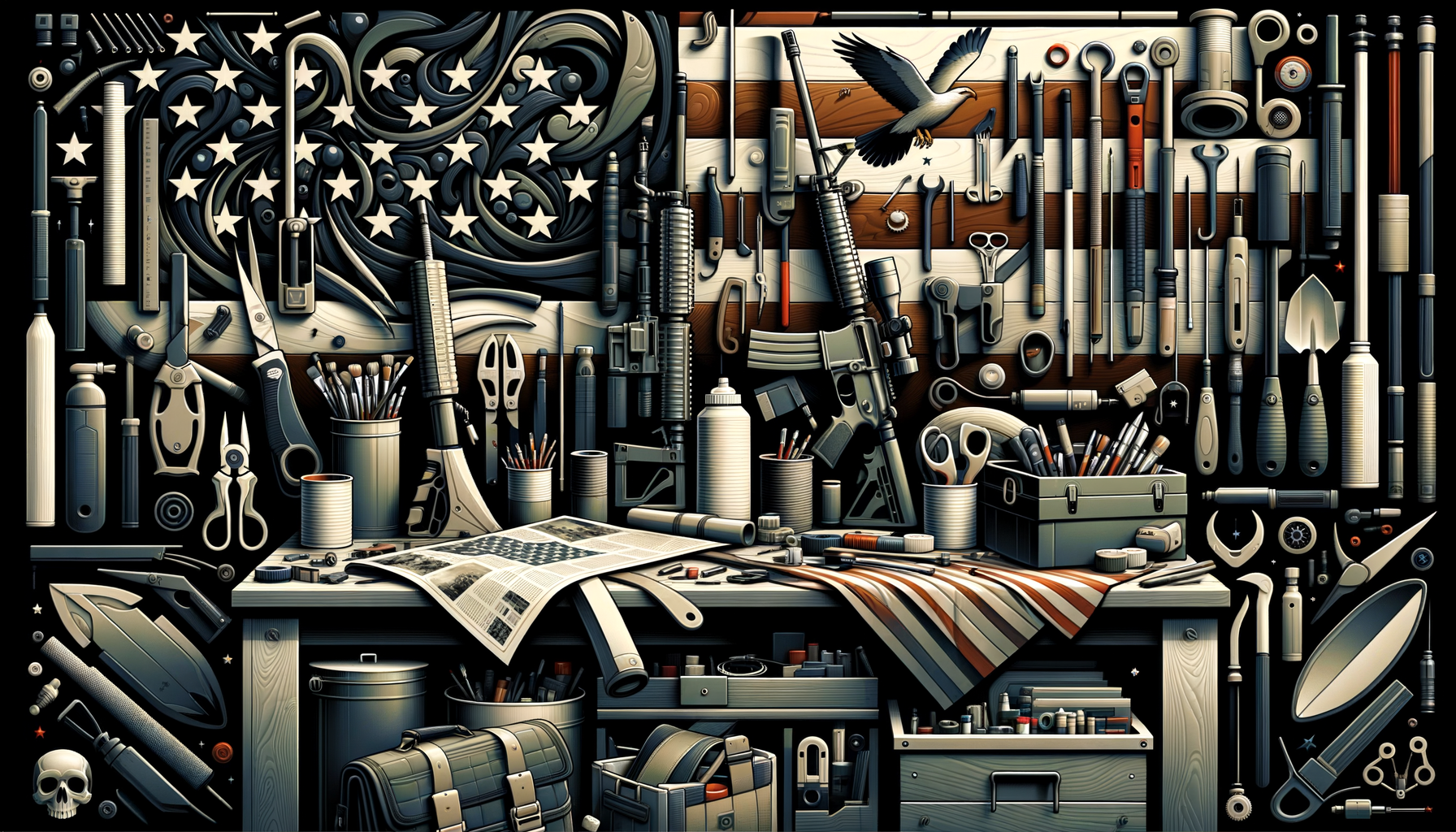Everything You Need to Know About Ammunition

Ammunition is a critical component of the shooting experience, whether you’re a first-time firearm owner, a hunting enthusiast, or a defender of personal safety. Understanding the basics of ammunition, how it functions, and how to select the right type empowers you to make informed and confident decisions.
What Is Ammunition?
Ammunition, often referred to as “ammo,” is the material used in firearms that propels a projectile, such as a bullet. It typically consists of four key components:
- Bullet: The projectile that exits the barrel upon firing.
- Case: The container that holds all other components together.
- Powder (Propellant): Ignites to generate gas pressure, propelling the bullet forward.
- Primer: The ignition source situated at the base of the ammunition.
Together, these components create the mechanism needed to fire a round accurately and effectively.
Common Types of Ammunition
Ammunition comes in various calibers, sizes, and styles, each suited for different purposes. Here’s a breakdown of some of the most common types:
1. Full Metal Jacket (FMJ)
FMJ rounds feature a soft core, usually lead, encased in a harder metal jacket. These are popular for training and range use because they’re cost-effective and reliable for consistent performance.
2. Hollow Point (HP)
Hollow-point bullets are specifically designed to expand upon impact. They are commonly used for self-defense, as their expansion reduces over-penetration and maximizes stopping power.
3. Soft Point (SP)
Soft-point ammunition has an exposed lead tip that expands upon contact with a target. This makes it a favorite among hunters who seek a balance between penetration and tissue damage.
4. Shotgun Shells
Shotgun ammunition is measured in gauge rather than caliber. Shells can be loaded with birdshot, buckshot, or slugs, catering to diverse hunting or home defense applications.
5. Specialty Rounds
Specialty ammunition includes tracer rounds, incendiary ammunition, and blanks. These serve niche purposes such as training drills, military simulations, or creating visual effects.
How to Select the Right Ammunition
Choosing the right ammunition for your firearm depends on several factors. Here’s how you can narrow your options:
1. Match the Caliber
Every firearm is designed for specific ammunition calibers. Always check your firearm’s manual or markings for the designated caliber to ensure a proper fit.
2. Define Your Purpose
Your purpose will dictate the type of ammunition you need. FMJ rounds are ideal for training, while hollow points are designed for defensive use. Hunters may prefer SP or specialty loads tailored to their target game.
3. Consider Quality
Though budget ammunition can be tempting, investing in reputable brands ensures reliability, accuracy, and safety. Consistently high-quality performance minimizes the risk of malfunctions.
4. Consult Local Regulations
Different jurisdictions have restrictions on certain types of ammunition. Familiarize yourself with your local laws to avoid legal issues when purchasing or using ammunition.
Storing Ammunition Safely
Proper storage extends ammunition lifespan and prevents accidents. Here are some tips:
- Keep It Cool: Store ammo in a cool, dry location, away from direct sunlight or humidity.
- Use Airtight Containers: To minimize moisture exposure, store ammunition in sealed containers designed explicitly for this purpose.
- Lock It Up: Ensure ammunition is stored in a secure location, inaccessible to unauthorized individuals or children.
- Label Accordingly: Clearly label your ammunition storage to avoid mix-ups, especially if you own firearms of different calibers.
Common Misconceptions About Ammunition
Ammunition has been the subject of myths and misinformation. Let’s address some common misunderstandings:
1. Ammo Expires Quickly
When stored properly, ammunition can remain functional for decades. However, exposure to extreme conditions can affect its performance.
2. All Ammo Functions the Same
Each type of ammunition is designed for specific purposes. For example, FMJ may not perform well in defensive scenarios, while high-end hollow points offer better results for self-defense.
3. Handloaded Ammo Is Dangerous
Handloading, or reloading, ammunition is safe when performed correctly. Many experienced enthusiasts handload to save money or customize loads for specific firearms.
Practical Tips for Using Ammunition Effectively
Maximize your shooting experience with these practical tips:
- Follow Safety Practices: Always wear eye and ear protection when handling firearms and ammunition.
- Know Your Ammo: Familiarize yourself with the characteristics and performance of your chosen rounds.
- Inspect Rounds: Check ammunition for damage, such as dents or corrosion, before use.
- Recycle Spent Casings: Dispose of or recycle used casings responsibly, as leaving them behind can harm the environment and create safety hazards.
Conclusion
Understanding ammunition is essential for firearm owners. By learning how to select, store, and utilize the right ammunition, you can ensure safety, reliability, and enhanced performance in your shooting activities. Whether you’re a novice learning the basics or a seasoned gun owner refining your knowledge, being informed helps you shoot with confidence and precision.
Explore more practical tips and product guides on 2AGun.com, your trusted resource for firearm ownership and safety.



